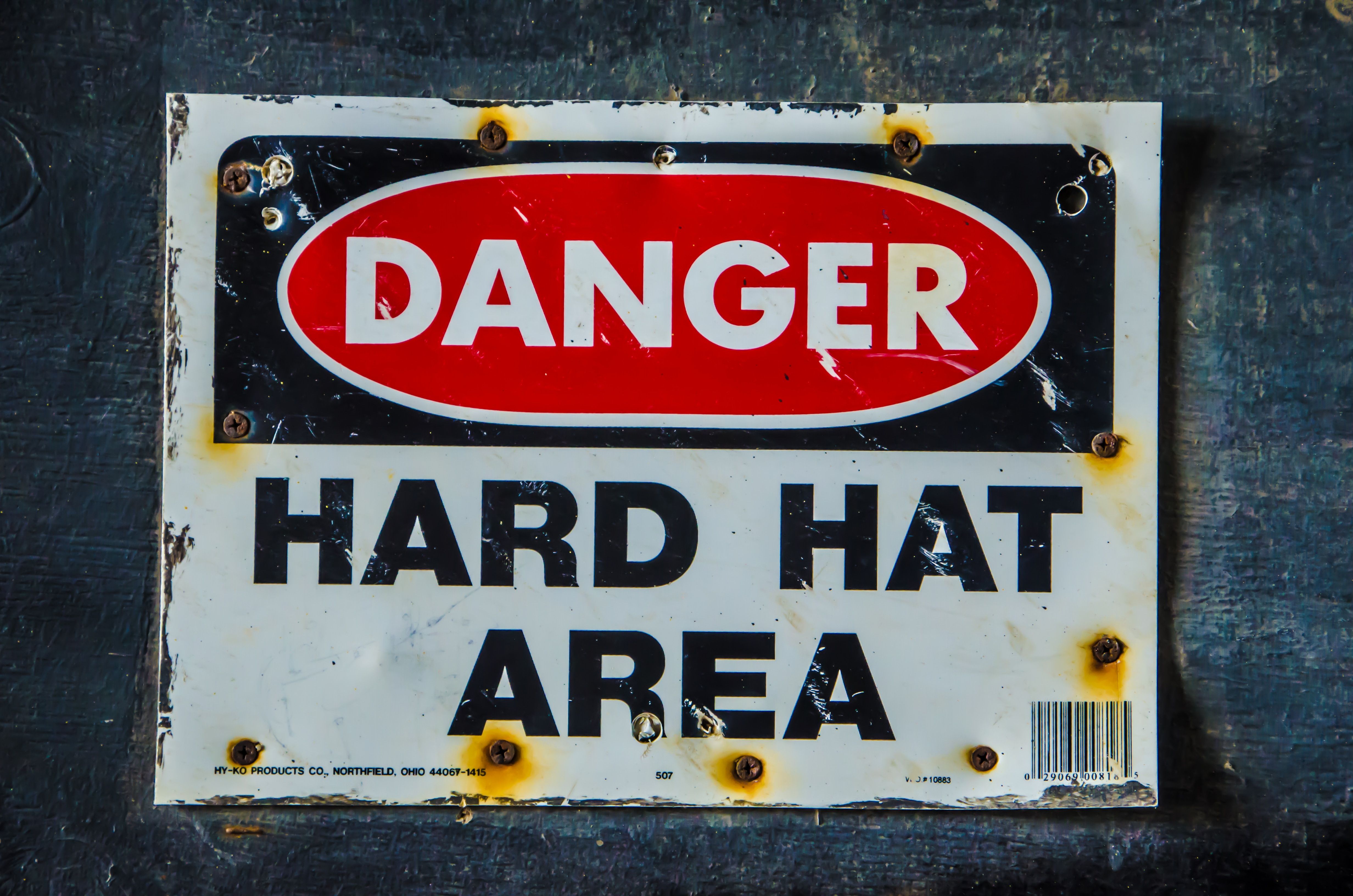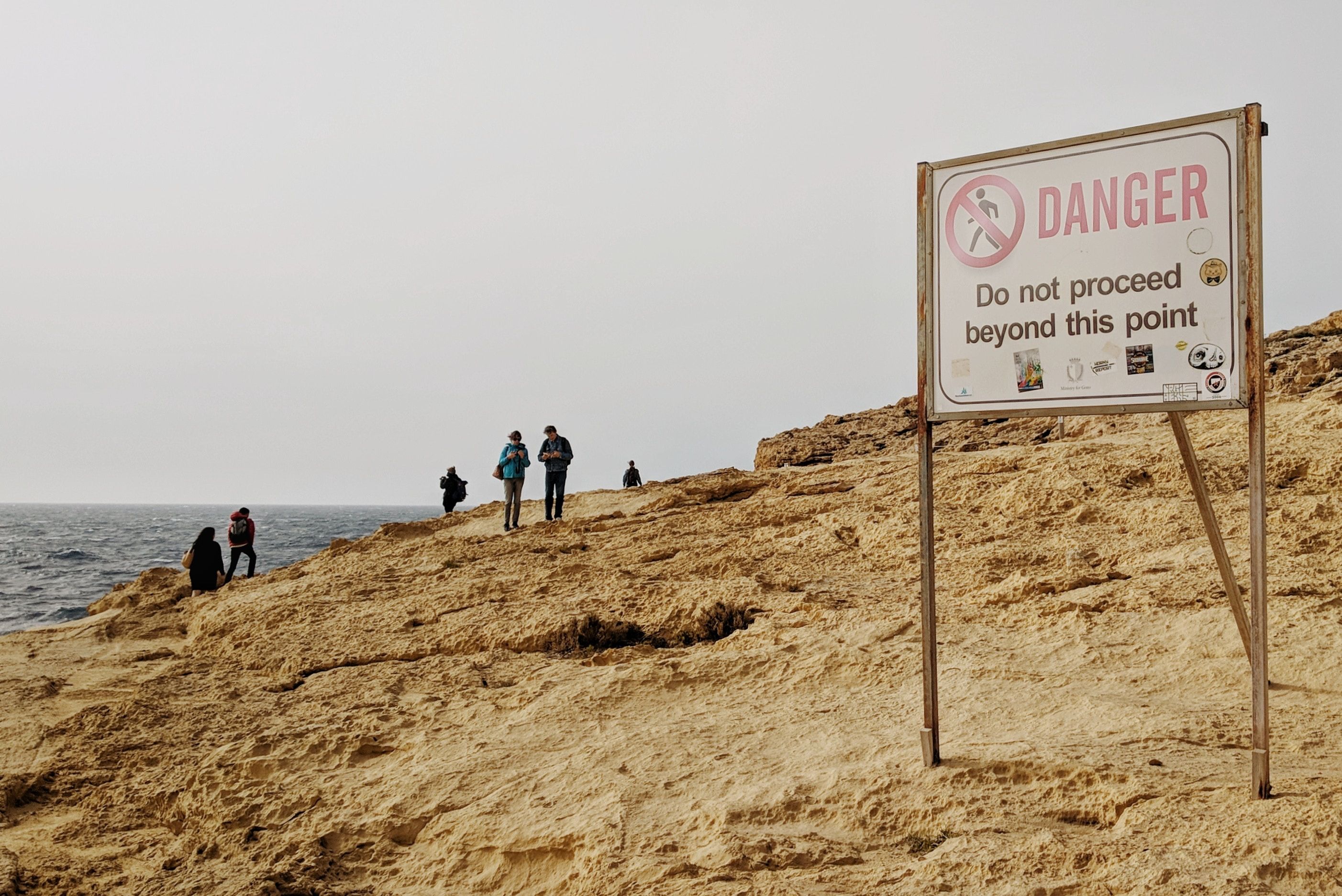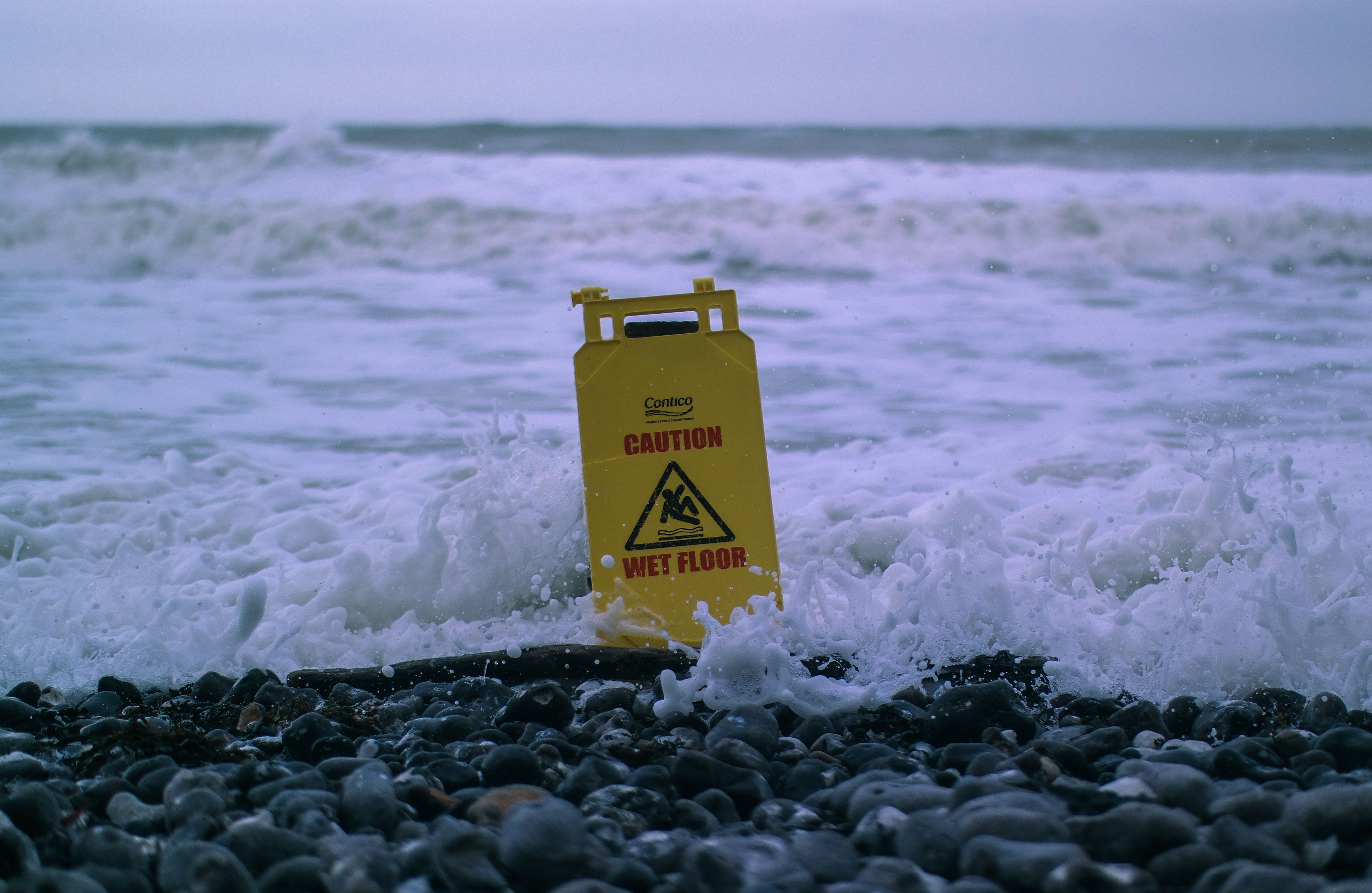
You have no doubt read about the changes Bunnings have requested charity organisations make when serving the iconic sausage sizzles outside their front doors. There has been absolute uproar and outrage at Bunnings for making such a request, it has made international news and memes mocking the decision have been plastered all over social media! There was even a protest planned!
Bunnings have suggested it is in the interests of the safety of customers, but customers have suggested that anyone who slips on a bit of onion is possibly a bit daft.
So what’s the real story? And what implications does it have for your business?
As a safety professional with tertiary qualifications and many years of experience helping businesses manage their safety I was as outraged as the rest of the country. Not because I really care how my sausage in bread is layered, as long as the sausage is diagonal across the bread, I just want it in my belly, but because again seemingly ridiculous safety measures have been put in place that make people see workplace safety as a joke.

This is not the first business and it certainly won’t be the last to identify a hazard and then endeavour to put in place controls to try to stop someone being injured. The problem isn’t the legislation, the problem is making rules and policies that are open to mocking and don’t really address the risks. Safe-R Outcomes is often the port of first call for businesses who have heard rumours from other business owners about what they should, and shouldn’t be doing, and usually the associated comments are Safety legislation is out of control and it’s become a nanny state! Luckily we can often reassure business owners that it is just a rumour.
According to news reports two customers have come forward with stories about being injured after slipping on onions left on the floor at Bunnings. One has already received a payout from Bunnings due to their injury, and another says she will be seeing a lawyer. This is why Bunning has had to try and put policies in place to prevent such occurrences happening again.
Why did they have to do something?
Well our legislation (in layman’s terms) says that if a hazard or risk is identified or can reasonably be identified then a business owner must do what they can to reduce the risk, and monitor the controls put in place to see if they are working. If they fail to do so they may be at risk of fines, charges or open themselves up to hefty compensation claims.
So once Bunnings realised that there was a risk to customers from dropped onions, they had to do something to mitigate further risks. People within the company would have completed risk assessments to determine likely outcomes, and then decisions were made as to what controls would be put in place. With the ongoing uproar Bunnings may be questioning whether their control measures are actually worth it.

Would Safe-R Outcomes have advised the same control measures?
Well we don’t know all the factors considered, but from what is available in the public domain and as regular visitors we would have considered other controls to be implemented. Such as not allowing food and beverages to be consumed within Bunnings (surely spilled drinks are a greater hazard than onions?) and ensuring it is enforced, and that charities running the sausage sizzle are required to clean up any spills within a designated area. Also we would also identify whether there is a reason that onions are so slippery on Bunnings floors, is there a risk from other spills such as the coke that was purchased with the sausage sanga?
The policy change of putting the onion under the sausage can be seen as Bunnings identifying the risk and attempting do something about it, but is this just a Clayton’s fix? Surely, there are far more risky hazards in a Bunnings store to worry about such as the garden hoses across the wet floors in the garden section?
It comes from a litigious society that we live in where if something goes wrong, then a company can get sued. We don’t know the full facts in this case, but at least what we do know is that the famous Bunnings sausage sanga will still be available and it will still have onions on it…sorry, under it!
But what does this mean for your business?
While speculation over whether Bunnings has done the right thing or not will remain, it opens up a very important learning experience for other businesses particularly those within the construction industry.
If you identify a hazard, or a risk to your workers or others who may be affected by your work, such as pedestrians, or if any reasonable person would be able to identify it, then you MUST endeavour to reduce or eliminate the hazard and risk.

If you have a 0.5 metre deep trench on your worksite any reasonable person would consider that a hazard, so as a Principal Contractor you must take steps to reduce the risk. Controls would depend on the site and other factors, but control measures may include physical barriers, exclusion zones, signage or training.
However; if you hit a gas main that caused injuries to persons but had used Dial Before You Dig, potholing, service mapping and other reasonably practicable steps to reduce the chances of an incident occurring, then you would have documented evidence of your efforts to minimise that risk.
You do risk assessments every day! They aren’t something scary.
Every time you cross the road you do a risk assessment. Every time you go through a give way sign you do a risk assessment. But when working in a business you need to have documented evidence that you have identified hazards and risks and then done what is reasonable to try to either eliminate them or reduce the likelihood or the harm that will come to people if it does happen.
Did you know that a WHS Management Plan is a type of risk assessment? And so are safe work method statements!
Safe-R Outcomes WHS Management Plans and safe work method statements not only comply with legislation, but they identify the most likely hazards and risks on your work site, and show ways to control them.
Most of the things you are probably doing already, but we just put it in writing for you so that if something goes wrong you have the evidence you’ll need that you were doing the right thing.



2 Comments
James Carr · 21/11/2018 at 7:22 pm
It is outrageous that Bunnings would go to this length over onions on a sausage on the premise of work place safety. I am a registered builder and am appalled every time I go into the Bunnings trade section and find members of the public wandering around the yard in thongs and open toed sandles when as a tradesman I am expected to wear appropriate foot wear and clothing. There are forklifts and vehicles in constant motion in this area and yet not one of Bunnings staff warn the public that they should not be allowed in this area unless properly attired. This issue of onions is a ridiculous issue and Bunnings should address the real safety issue around it’s store before tackling a minor concern such as this.
Safe-R Outcomes Admin · 23/11/2018 at 1:42 am
Yes, we absolutely agree James and find it interesting that this has not been identified as a safety concern.
As mentioned in the blog, we feel the same way about the gardening section
Comments are closed.